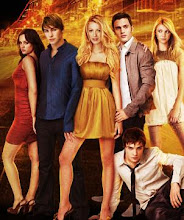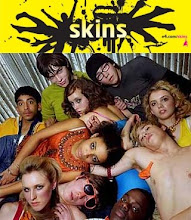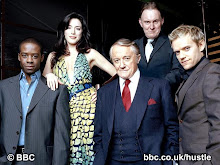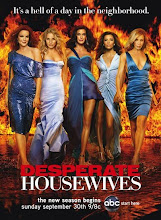A couple wake up and go downstairs to breakfast. They do not realise that they are being watched by terrorists. The husband, an undercover police officer, is getting the kids ready to be dropped off at school, whilst the wife stays home due to a late night out the previous night. Once the husband leaves, suddenly swarms of terrorists raid her house and take her hostage, warning her if she didn’t then harm would be taken to her children. The husband gets a call from his children saying they haven’t been picked up, he looks into why and realises what’s happened. Eventually, he tracking fingerprints and clues, and within no time has his wife back home will only minor injuries to her body.
Narrative conventions:
I used beginning, middle and end. Incorporating the typical conventions of Equilibrium- Disruption- Equilibrium.
Beginning: Family having breakfast, cheerful and oblivious it’s any different to their standard morning.
Middle: Wife is taken hostage, anger, confused. Husband is unaware.
End: Happy, thankful, and relived.
Also I had some good characters and some bad; the terrorists were the bad guys and her husband was the good guy for rescuing her.
It did result in a happy ending, as the wife was saved with no major wounds made to her.
Why do most stories end happily?
Most stories do end happily because the producers know that this is what viewers want. People expect a happy ending as they do not want to be left upset and depressed. It’s a sort of pick me up, they watch television when they have nothing else to do, its something they do in order to avoid having to do chores and so they don’t want to go and watch anything leaving them down. It leaves them as an audience happy and thankful nothing happened to the ‘good’ guys, because over time, the audiences become attached to characters and want to see the ones they like finish happily.
The beginning of Spooks feels like a narrative because it starts of as an ordinary start to anyone’s morning, this being the equilibrium. The beginning lets the audience understand the characters slightly, and that later when we find out the disruption, we realise how it affects the couple.
In this episode there are binary oppositions, for example the classic good and bad, along side villains and victims. From the start an audience can tell the couple are the ones who are the victims; this is shown through how happy they’re & the fact it’s her birthday is a key signifier. Because we could relate to the couples morning, we know they are good. The people sitting in the car watching the couple, this isn’t a normal everyday activity & so immediately we notice they are up to something.
What are the different narrative structures associated with the following TV drama forms?
Single drama/film: Margaret
Equilibrium- Disruption- Equilibrium
This happens in every episode/ film
Two-nighter: Trial and Retribution
This also follows Equilibrium- Disruption- Equilibrium, but instead, it is extended across two episodes. The first equilibrium happens in the first episode, whilst the disruption will begin in the first episode and continues onto the second, and then it will finish with the second equilibrium.
Soap (continuing drama): Eastenders
Soaps are on going dramas and so its hard to tell. But I assume they do start with Equilibrium- Disruption- Equilibrium, its just we are unable to notice any resolutions to these as new good & bad characters enter the soap.
Serial: Bleak House
As I said in the above, they are on going too, which again means its hard to tell whether they have distinct disruption. Sometimes they end on a last equilibrium. But in some cases, for example, Desperate Housewives, they end on a cliff-hanger, leaving the audience anticipated and intrigued to what happens next.
Anthology series (self contained episodes, each based on different characters): Skins
These have Equilibrium- Disruption- Equilibrium as well, each episode contains a different one, however it does also have an underneath storyline that carries out through the series.
Longform series drama: Lost
Equilibrium- Disruption- Equilibrium. Again, they have an underneath storyline through the series. Sometimes, the minor storylines are resolved in the same series to make it more interesting. The binary opposites are introduced gradually as the series progresses.
Longform series drama with some narrative experimentation: 24
Equilibrium- Disruption- Equilibrium. And again, there is also an underneath story line that is resolved by the end. The new series may begin with a totally different equilibrium, but may still have minor storylines tied in that never were resolved in the last series.




